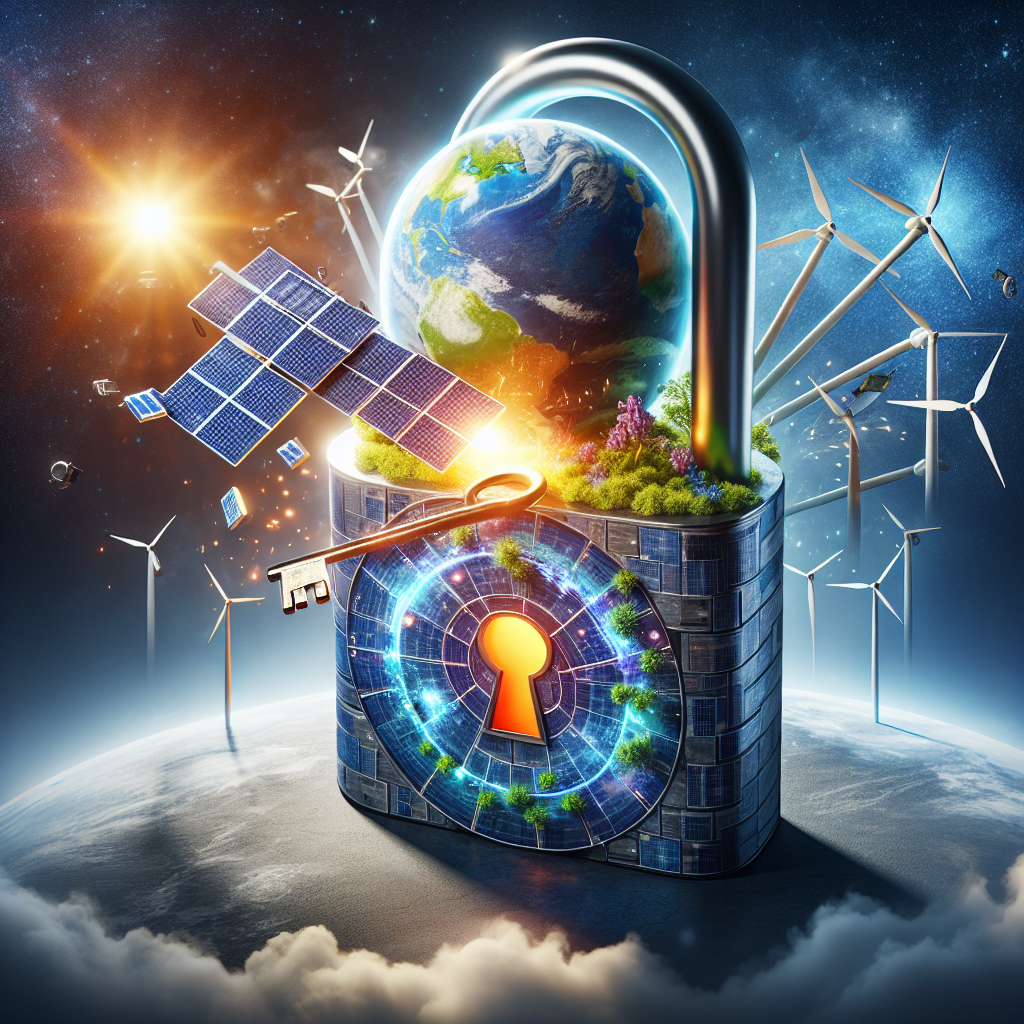In today’s world, where the shift towards renewable energy sources is critical, energy storage innovations are becoming increasingly significant. With solar and wind becoming predominant players in the energy market, the need to store this energy for later use is essential. In this article, we’ll explore the innovative technologies that are paving the way for a more sustainable future.
Understanding Energy Storage
Energy storage refers to the capture of energy produced at one time for use at a later time. This can provide a buffer between energy supply and demand. By storing excess energy generated during peak production times – for instance, during sunny or windy conditions – it can then be released when production decreases or when demand spikes.
Why Is Energy Storage Important?
Energy storage plays a pivotal role in:
- Enhancing the reliability of renewable energy sources.
- Reducing energy costs by storing energy during low-demand periods.
- Providing stability and resilience to the energy grid.
- Facilitating grid integration of various renewable energy sources.
Innovative Technologies in Energy Storage
1. Lithium-Ion Batteries
Lithium-ion batteries are perhaps the most recognized energy storage solution today. Their compact design, high energy density, and decreasing costs make them ideal for residential solar systems and electric vehicles. As research continues, improvements are being made in lifespan and sustainability, including recycling practices that minimize environmental impact.
2. Flow Batteries
Flow batteries represent a growing area of interest in energy storage. They work by circulating electrolyte solutions through a cell stack where energy is stored. Their scalability makes them suitable for large-scale deployments, such as energy storage for wind and solar farms, providing reliable backup power.
3. Solid-State Batteries
Emerging technology in the form of solid-state batteries promises to revolutionize energy storage. Unlike traditional lithium-ion batteries that use a liquid electrolyte, solid-state batteries employ a solid electrolyte, enhancing safety and efficiency. They have the potential for higher energy density, longer life cycles, and reduced risk of fire hazards.
4. Pumped Hydroelectric Storage
Pumped hydro is the largest form of energy storage available globally. This method involves pumping water uphill to a reservoir during periods of low demand and releasing it to generate electricity during peak demand. Although geographically limited, it’s a highly efficient method of storing energy over long periods.
5. Compressed Air Energy Storage (CAES)
CAES is another innovative method, where air is compressed and stored in underground caverns during off-peak times and released to generate electricity when needed. This technology can play a significant role in stabilizing the grid and accommodating fluctuations in energy supply.
Practical Applications of Energy Storage Innovations
1. Grid Stabilization
Energy storage systems are critical for maintaining the balance between energy supply and demand on the grid. They provide ancillary services, including frequency regulation, voltage support, and reserve power, which are essential for a reliable energy grid.
2. Renewable Energy Integration
As more renewables are added to the grid, energy storage systems allow for greater penetration of these intermittent sources. For instance, pairing wind or solar farms with battery storage means that energy can be harnessed even when production is not active, thus making renewables a more consistent energy source.
3. Peaker Plants Relief
Energy storage can reduce the reliance on fossil fuel peaker plants that are typically used to meet peak energy demand. With effective energy storage systems, utilities can source electricity from stored renewable energy rather than activating these carbon-heavy plants.
Challenges Facing Energy Storage Innovations
While energy storage technologies offer promising solutions, they do face several challenges, including:
- Cost: Although prices are decreasing, many advanced technologies are still expensive.
- Scalability: Solutions such as flow batteries and solid-state batteries need further development for widespread application.
- Regulatory Hurdles: Different regions have varying regulations that can affect energy storage deployment.
The Future of Energy Storage Innovations
According to market research, the global energy storage market is expected to grow significantly in the coming years, driven by advancements in technology, policy support, and an increasing focus on sustainability. Innovations in materials science, software for energy management, and emerging technologies such as hydrogen storage and advanced thermal storage solution are likely to shape the next generation of energy storage systems.
Conclusion
Energy storage innovations are vital in enabling a cleaner, more reliable energy landscape. From enhancing grid stability to facilitating the integration of renewables, these technologies represent a crucial milestone on the path to a sustainable energy future. As we continue to explore new technologies and models, the world moves closer to a future powered by sustainable and renewable energy sources.
FAQs
What are the main types of energy storage technologies?
The main types include lithium-ion batteries, flow batteries, solid-state batteries, pumped hydro storage, and compressed air energy storage (CAES).
Why is energy storage needed for renewable energy?
Energy storage is crucial for balancing supply and demand, especially since renewable energy sources like solar and wind can be intermittent.
Are energy storage systems expensive?
While costs are decreasing, the initial investment can still be significant for advanced systems. However, long-term savings and incentives can make them cost-effective over time.
What is the future of energy storage?
The future is bright, with expectations of growth in the market driven by innovations, policy support, and an increasing emphasis on sustainability.





